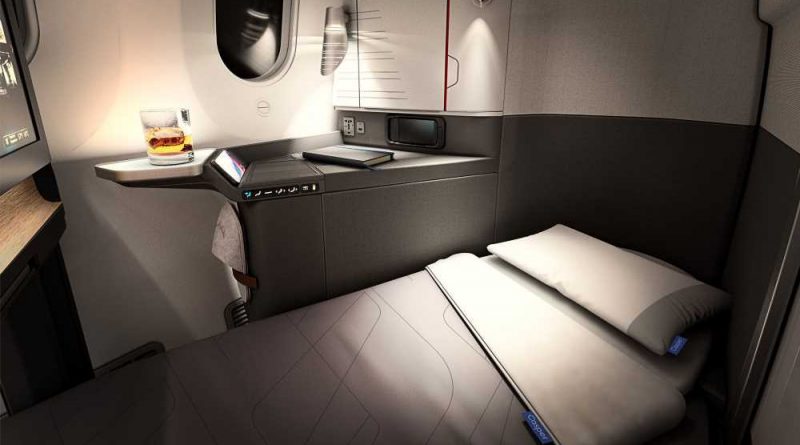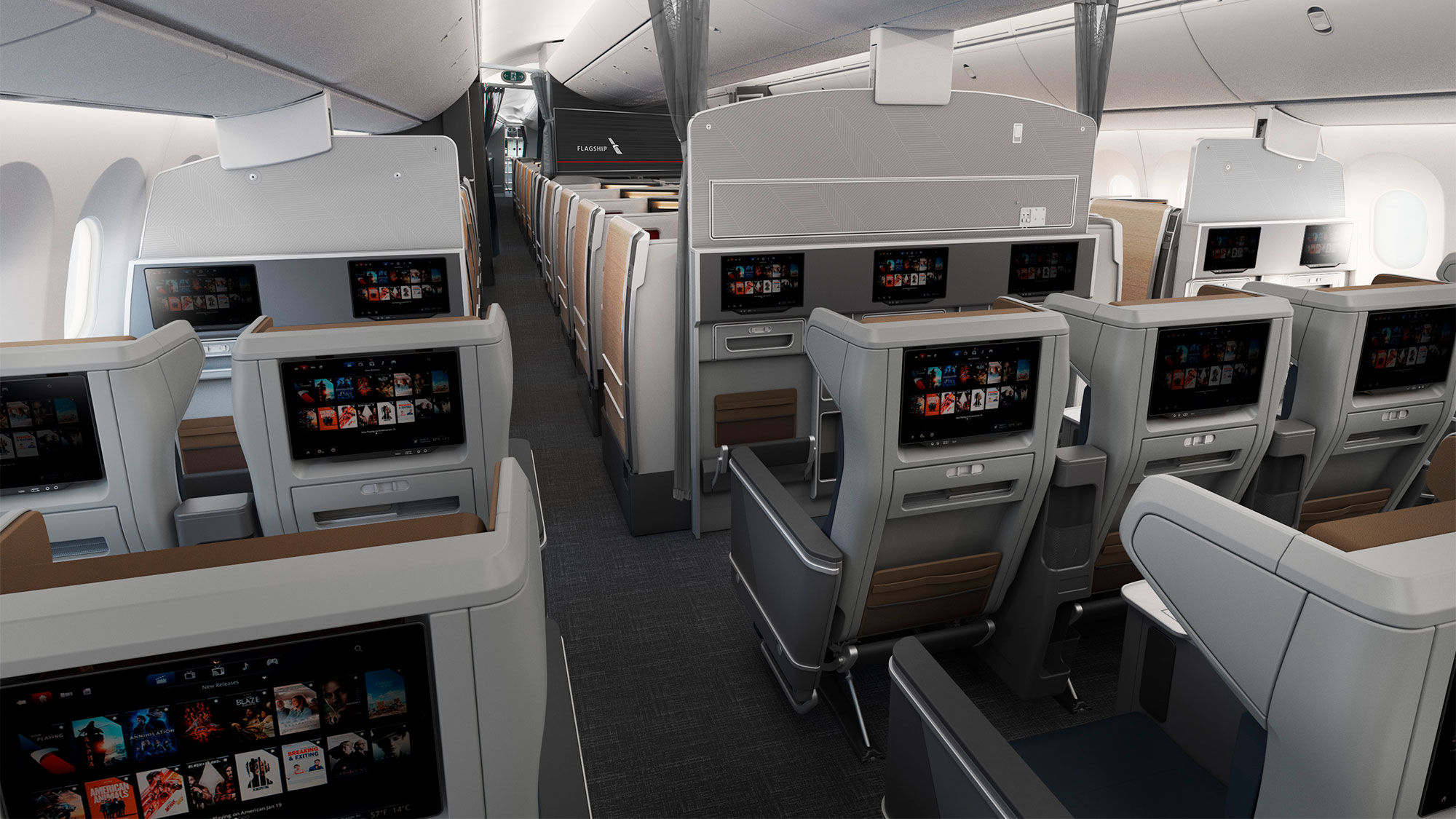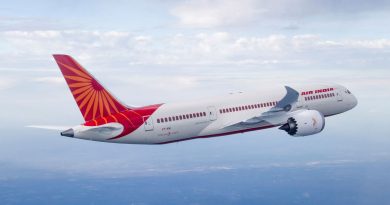American Airlines' new cabin configurations target premium flyers: Travel Weekly
A recently announced American Airlines plan to increase its widebody premium seat count by 45% within the next four years signals that it remains bullish that the pandemic-time surge in premium leisure and bleisure travel is here to stay, analysts say.
“I have not seen an empty premium economy seat since I started flying early this year,” said Jason Rabinowitz, an industry analyst and blogger. “While traditional business travel may not recover for a while, if ever, it has been more than made up for by leisure and combined leisure and business travel.”
American’s changes will mostly be made on incoming aircraft. They include the new Flagship Suite, which features a privacy door and more personal storage space than the airline’s existing business-class products. New premium economy seats will also be introduced, which will offer double the storage space of the carrier’s existing premium economy product along with larger entertainment screens.
Both enhancements will debut in 2024 with Airbus A321XLR and Boeing 787-9 Dreamliner deliveries.
Premium seat counts on the 787-9 will jump to 51 Flagship Suite seats and 32 premium economy seats, up from 30 business-class seats and 21 premium economy seats on the current planes.
The new cabins are also slated to begin appearing in late 2024 on existing American Boeing 777-300ER aircraft. Those 20 planes will be retrofitted to have 70 Flagship Suites and 44 premium economy seats, up from the current configuration of eight first-class seats, 52 business-class seats and 28 premium economy seats.
American’s plans would push it well clear of United and further ahead of Delta in terms of its widebody seat percentage, unless those carriers decide to make similar upgrades.
According to ATPCO data compiled by Rabinowitz, United currently has the highest percentage of premium seats within its widebody fleet among the network U.S. carriers, at 23.1%. American is next with 22.4%. Delta’s ratio is 17.9%.
Mainline carriers have traditionally filled their front-of-plane seats largely with business flyers, but the landscape has shifted significantly during Covid. At least for now, managed corporate travel has stalled at approximately 75% of the 2019 level, according to ARC.
But premium seats have instead been bought up by leisure and bleisure travelers, and the shift to luxury products like the Flagship Suites may indicate that trend will continue.
Bloomberg Intelligence aviation industry analyst George Ferguson said that American’s decision to eliminate its lone remaining widebody, first-class product could reflect the step-down in demand for high-end corporate travel. Meanwhile, its plan to improve and increase its business and premium economy classes will position it to target the enlarged premium leisure travel segment.
Ferguson added that in recent years his sense has been that American has been fighting harder for high-volume economy passengers than competitors United and Delta. Now, the carrier may be focusing on a better revenue mix.
“For me, it says they are gearing up to fight again for that premium traveler,” Ferguson said.
As American begins taking widebodies with the expanded premium cabins, one consequence will be lower percentages of economy seats in its widebody fleet. That change could result in more expensive economy seats, analysts said, as well as corresponding drops in premium seat prices. But any such shifts would be route specific and depend to a large degree on the overall inventory of available seats in particular city pairs, including those offered by other airlines, said Gary Leff, author of the View From the Wing blog.
Leff said that American has announced no plans to change the configuration of its Boeing 777-200 widebodies nor its existing fleet of 787-9s and the shorter 787-8. He suspects the carrier will eventually retrofit those 787-9s, but even if so, it would still have the fleet flexibility to place planes with a larger proportion of premium seats on routes that draw the highest proportion of business, bleisure and premium leisure flyers, while using widebody aircraft with more economy seats elsewhere.
“It depends on the matching of aircraft to demand,” Leff said.
Source: Read Full Article




